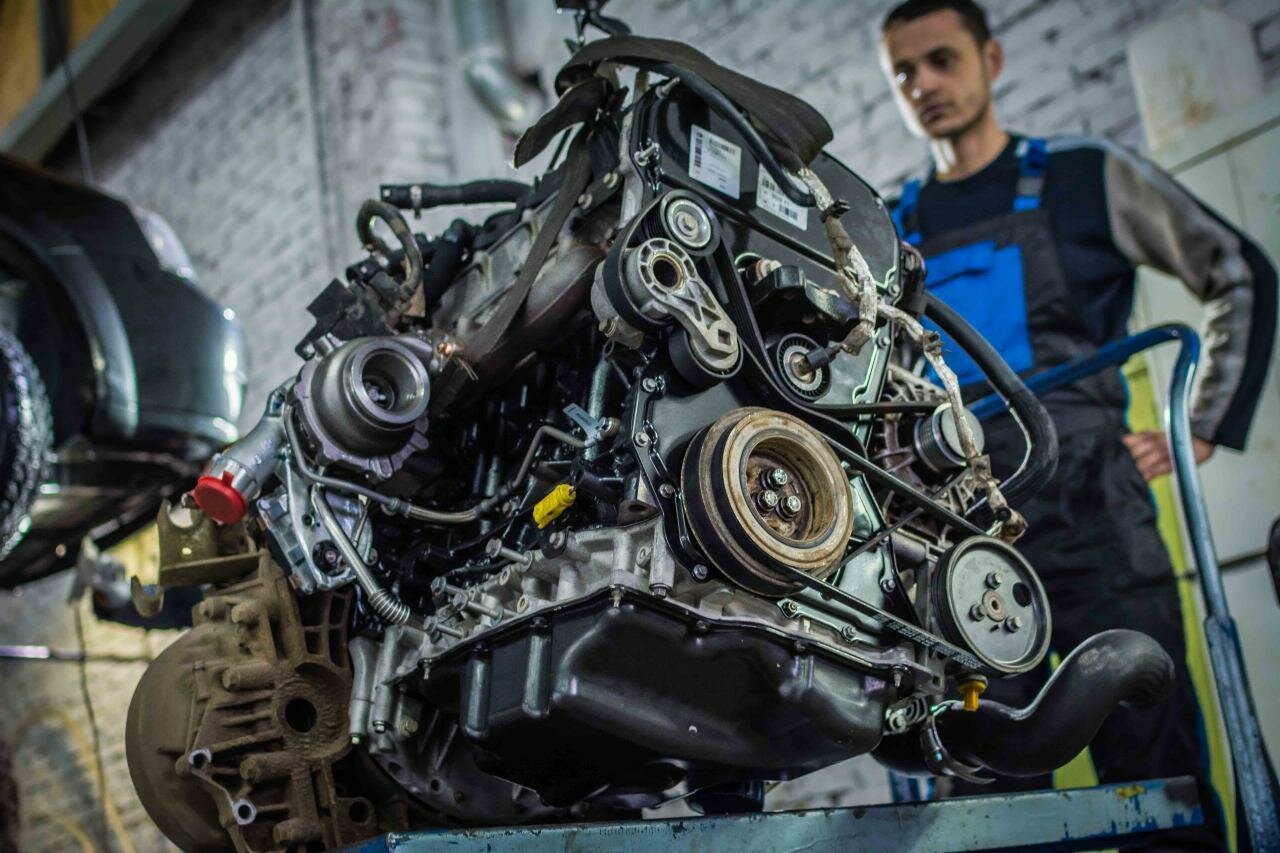Ford 2.5 Duratec Engine: A Brief Overview
History and Development
The Ford 2.5 Duratec engine, part of Ford’s Duratec family, was introduced in the late 1990s as a versatile powerplant designed for a range of vehicles, including sedans, SUVs, and even some performance models. This engine was engineered to provide a balance of power and efficiency, catering to the growing demand for reliable and fuel-efficient engines in the automotive market. The Duratec name itself has become synonymous with Ford’s commitment to innovative engineering and performance.
The 2.5-liter variant was particularly notable for its DOHC (Dual Overhead Cam) design, which allowed for better airflow and improved performance compared to its predecessors. It was used in various models, including the Ford Fusion, Mazda 6, and some versions of the Ford Escape. Over the years, the 2.5 Duratec engine has garnered a reputation for being a workhorse, capable of delivering decent power while maintaining reasonable fuel economy.
However, like many engines, the 2.5 Duratec is not without its issues. While it has served many drivers well, a number of common problems have emerged over time, leading to concerns about its long-term reliability. These issues can range from minor inconveniences to significant mechanical failures, affecting the overall performance and safety of the vehicles equipped with this engine. Understanding these problems is crucial for current and prospective owners, as well as for anyone considering a vehicle powered by the Ford 2.5 Duratec engine.
Common Problems with the Ford 2.5 Duratec Engine
The Ford 2.5 Duratec engine has been a popular choice for many vehicles, but it is not without its share of problems. Understanding these issues is essential for owners and potential buyers alike. Below are some of the most common problems associated with this engine.
1. Timing Chain Tensioner Failure
One of the most significant issues with the 2.5 Duratec engine is the failure of the timing chain tensioner. This component is crucial for maintaining the proper tension on the timing chain, which synchronizes the engine’s camshaft and crankshaft. When the tensioner fails, it can lead to:
-Engine Noise: A rattling or ticking sound may indicate a failing tensioner.
-Timing Chain Slippage: This can cause the engine to run poorly or not start at all.
-Potential Engine Damage: If the timing chain slips too far, it can result in catastrophic engine failure.
2. Oil Leaks
Oil leaks are another common problem with the Ford 2.5 Duratec engine. These leaks can occur from various seals and gaskets, including:
-Valve Cover Gasket: A worn or damaged gasket can lead to oil seeping out.
-Oil Pan Gasket: Similar to the valve cover, the oil pan gasket can degrade over time.
-Front and Rear Main Seals: These seals can also fail, leading to significant oil loss.
3. Overheating Issues
Overheating can be a serious concern for the 2.5 Duratec engine. Several factors can contribute to this problem, including:
-Cooling System Failures: A malfunctioning thermostat or water pump can lead to overheating.
-Radiator Issues: Clogs or leaks in the radiator can prevent proper cooling.
-Head Gasket Failure: Overheating can cause the head gasket to fail, leading to coolant leaks and engine damage.
4. Fuel System Problems
Fuel system issues can also plague the 2.5 Duratec engine, affecting performance and efficiency. Common problems include:
-Fuel Injector Failures: Clogged or malfunctioning injectors can lead to poor fuel delivery.
-Fuel Pump Issues: A failing fuel pump can cause starting problems or engine stalling.
-Fuel Filter Blockage: A dirty fuel filter can restrict fuel flow, leading to performance issues.
5. Electrical System Failures
Electrical problems can arise in the Ford 2.5 Duratec engine, impacting various components. Common electrical issues include:
-Sensor Failures: Malfunctioning sensors can trigger warning lights and affect engine performance.
-Wiring Problems: Damaged or corroded wiring can lead to intermittent issues.
-Battery and Alternator Issues: Problems with the battery or alternator can affect engine starting and performance.
Symptoms and Consequences
Understanding the symptoms associated with these problems can help in early detection and prevention of further damage. Below is a table summarizing common symptoms and their potential consequences.
| Symptom | Possible Consequence |
|---|---|
| Engine noise (rattling or ticking) | Timing chain tensioner failure |
| Oil spots under the vehicle | Oil leaks from gaskets or seals |
| Engine overheating | Potential head gasket failure |
| Poor acceleration or stalling | Fuel system issues |
| Warning lights on the dashboard | Electrical system failures |




0 Comments